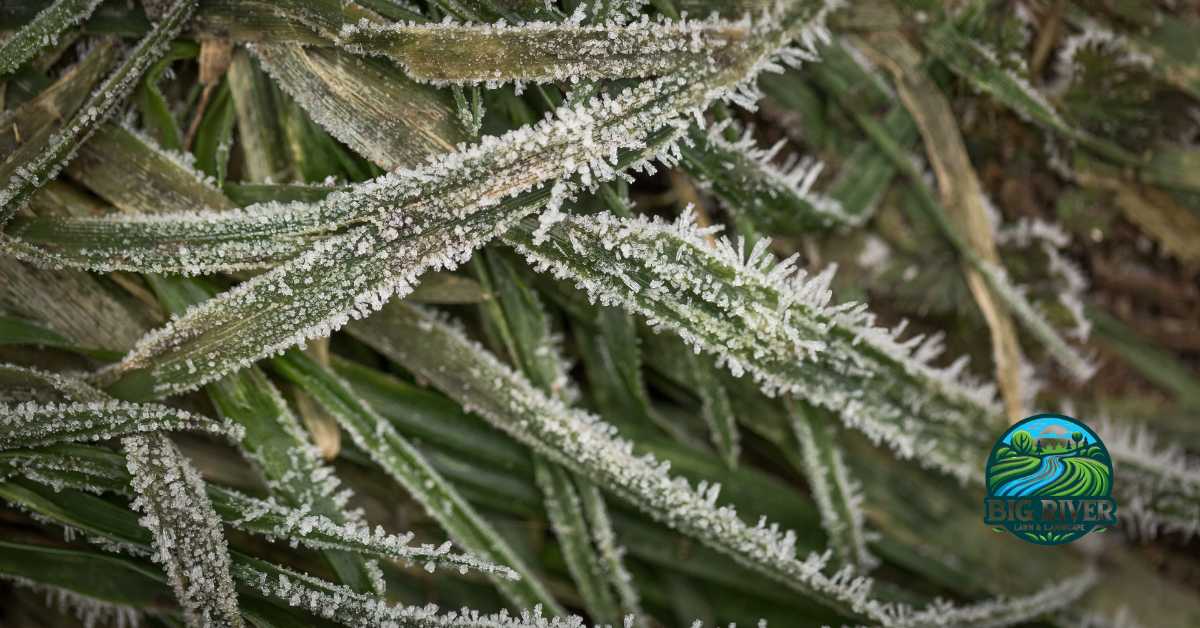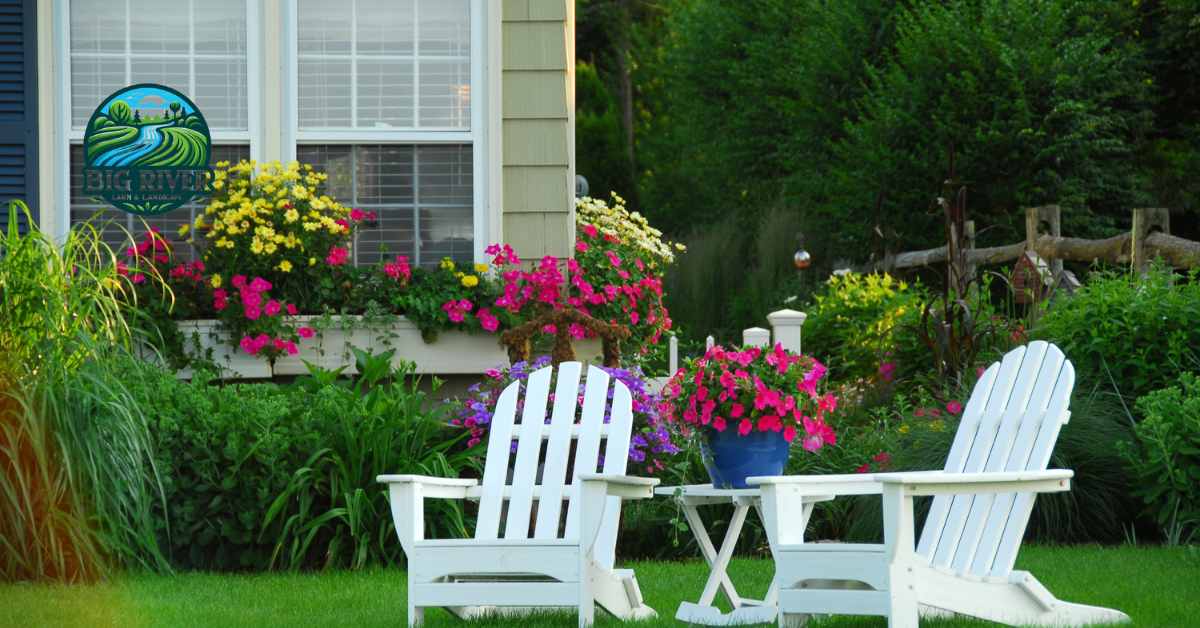Cool season grasses are essential for creating a lush, green lawn in regions with cold winters and mild summers. Understanding the types, proper care, and maintenance of these grasses can help you achieve a healthy and attractive lawn throughout the year. This blog explores the best varieties and provides detailed care tips for cool season grasses.
Identifying Cool Season Grasses
Identifying the right type of cool season grass is the first step toward a thriving lawn. This section covers how to recognize cool season grasses through their unique characteristics and introduces some of the most popular varieties. Understanding cool season grass identification will help you select the best type for your landscape.
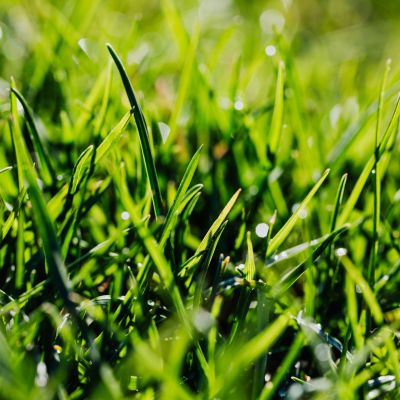
Key Characteristics
Cool season grasses thrive in cooler temperatures and typically grow most vigorously during the spring and fall. They are known for their ability to withstand freezing temperatures and are commonly found in northern regions of the United States, Canada, and Europe. The ability to maintain a deep green color in cooler temperatures is a hallmark of these grasses.
Popular Varieties of Cool Season Grasses
Popular varieties of cool season grasses include Kentucky Bluegrass, Perennial Ryegrass, and Fine Fescue. Each variety offers unique benefits, such as drought tolerance in Tall Fescue or the lush, dense growth of Kentucky Bluegrass, making it essential to choose the type that best suits your climate and soil conditions.
Best Practices for Planting Cool Season Grasses
Planting cool season grass at the right time and with the right techniques can significantly affect its success and longevity. We will discuss the optimal times for planting cool season grass seed and the essential steps for soil preparation and seeding that ensure robust growth and germination.
When to Plant
The best time to plant cool season grass seed is during the early fall. This timing allows the grass to establish itself before the winter and take advantage of the spring growth period. Planting in early spring is also possible, although it often requires more watering and care to ensure establishment before summer.
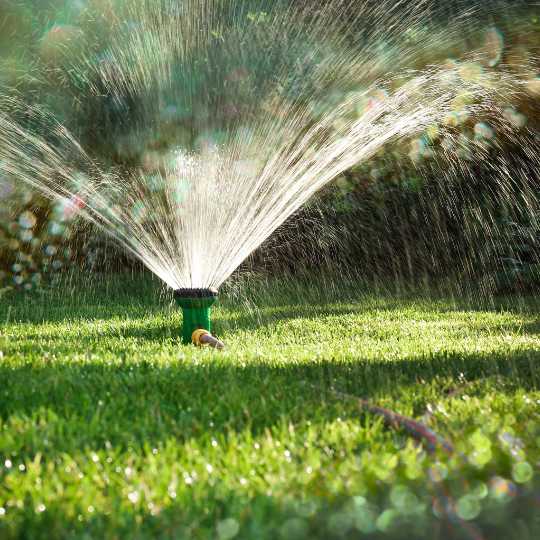

Soil Preparation
Preparing the soil is crucial for the successful establishment of cool season grasses. Begin by removing weeds and debris, then loosen the soil and enrich it with organic matter to improve nutrient content and drainage.
Seeding Techniques
Uniformly distribute the best cool season grass seed using a spreader. Ensure good seed-to-soil contact by lightly raking the area. Watering gently and regularly after seeding is critical to keep the soil moist and encourage germination, which occurs best at temperatures between 50°F and 65°F.
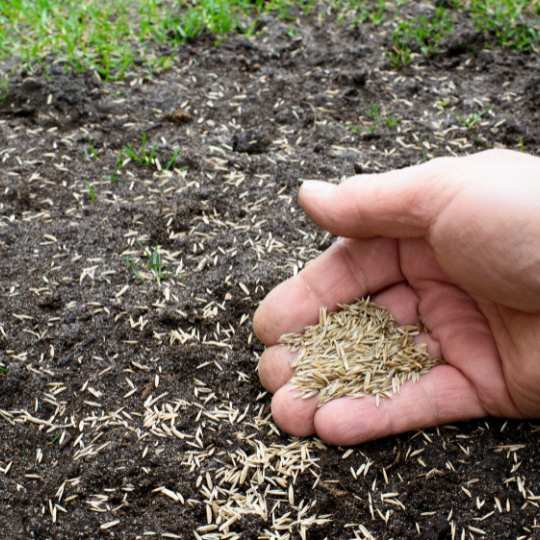
Maintenance Tips for Cool Season Grasses
Maintaining cool season grasses requires specific practices tailored to their growth patterns and needs. From the crucial watering requirements to fertilizing guidelines and proper mowing practices, this section provides detailed advice on keeping your cool season grass healthy and vibrant.
Watering Requirements
Cool season grasses require consistent moisture, especially during dry spells in late spring and summer. Aim for about one inch of water per week, either through rainfall or irrigation, ensuring deep soil penetration to encourage deep root growth.

Fertilizing Guidelines
Fertilizing cool season grass in early spring and fall supports vigorous growth and color. Use a balanced fertilizer that matches the specific needs of your soil and grass type.
Mowing Practices
Mow cool season grasses to an appropriate height, typically between 2.5 to 3.5 inches, to promote healthy roots and prevent weeds. Never remove more than one-third of the grass blade in a single mowing to avoid stress on the grass.
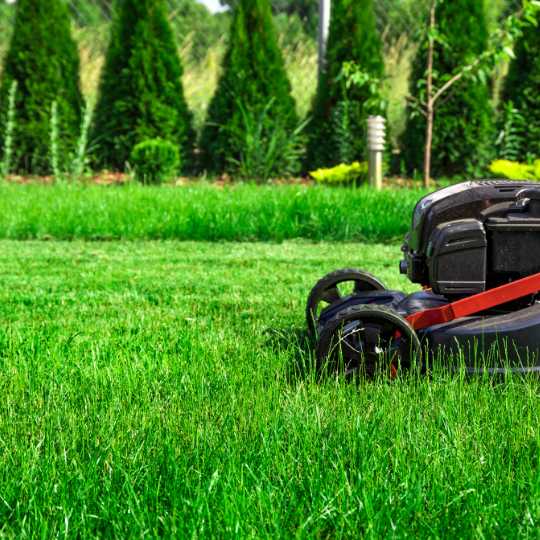
Pest and Disease Management
Even the best-maintained lawns can face issues from pests and diseases. This section explores the common pests and diseases that affect cool season grasses, offering strategies for prevention and treatment to ensure your lawn remains healthy and lush.
Common Pests and Diseases
Grubs, billbugs, and fungal diseases like rust and snow mold can affect cool season grasses. Regular monitoring and early identification are crucial to manage these issues effectively.
Prevention and Treatment
Maintain healthy grass with proper mowing, watering, and fertilizing practices to prevent many common pests and diseases. For specific issues, use targeted treatments such as insecticides and fungicides, following label instructions carefully.
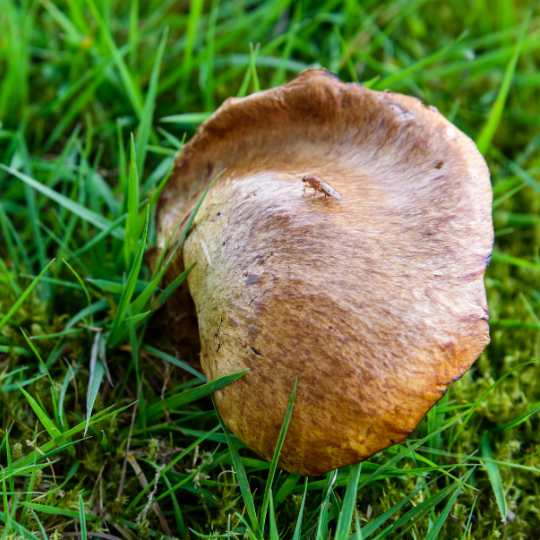
Seasonal Care Adjustments
The needs of cool season grass change with the seasons. We’ll guide you through the necessary adjustments for spring, summer, and fall care to help your lawn adapt and thrive throughout the year. Seasonal care is crucial for sustaining the health and appearance of your cool season grass.
Spring Care
In spring, focus on removing debris, aerating the soil, and applying a light fertilizer application to encourage new growth.
Summer Care
During the summer, raise the mowing height and water deeply but less frequently to help grass survive hot temperatures and dry conditions.
Fall Care
Fall care involves thorough aeration, overseeding thin areas, and applying a winterizing fertilizer to prepare the grass for the cold months ahead.
Troubleshooting Common Problems
Every lawn encounters challenges, but knowing how to address them can make all the difference. This section will help you troubleshoot common problems like the yellowing of grass and thinning grass, ensuring your lawn stays lush and green.
Yellowing of Grass
Yellowing can occur due to nutrient deficiencies, pests, or improper watering. Adjust your care routine based on the specific cause, such as improving drainage or modifying fertilizer applications.
Thinning Grass
Overuse, poor maintenance, or environmental stresses can lead to thinning. Overseeding and adjusting care practices can help rejuvenate thin lawns.

Summary
Choosing the right cool season grass and following these detailed care guidelines can ensure a robust and vibrant lawn that withstands the challenges of cooler climates. Regular maintenance, proper seasonal adjustments, and timely troubleshooting will keep your lawn healthy and green throughout the year, enhancing your home’s curb appeal and providing a welcoming outdoor space.
FAQs on Cool Season Grass
What Are the Best Cool Season Grass Seeds?
The best cool season grass seeds depend largely on your specific climate and soil conditions. Generally, Kentucky Bluegrass, Perennial Ryegrass and Fine Fescue are excellent choices. For those looking for the best cool-season grass seed, a mix of these varieties often provides a robust lawn that can thrive in various conditions.
When to Plant Cool Season Grass?
The ideal time to plant cool season grass is during the early fall. This period allows the grass seeds to establish themselves before winter arrives, taking full advantage of the fall’s mild temperatures and adequate moisture levels. Planting in the early spring is also an option, although it typically requires more attentive watering and care.
When to Fertilize Cool Season Grass?
Fertilizing cool season grass should be timed to coincide with its natural growth periods in the spring and fall. Apply fertilizer in early spring as the grass begins to grow actively, providing the nutrients needed for the upcoming season. A second application in the fall helps prepare the grass for winter, promoting root development and nutrient storage that will endure the cold months.
Which Cool Season Grass Has the Deepest Roots?
Among cool season grasses, Tall Fescue is known for having the deepest roots. This characteristic allows it to access deeper soil moisture, making it more drought-resistant compared to other cool season varieties. Its deep root system also contributes to its durability and resilience.
What Cool-Season Grass Germinates the Fastest?
Perennial Ryegrass is the cool-season grass that germinates the fastest, often sprouting within 5 to 10 days under ideal conditions. Its rapid germination rate makes it a popular choice for quick lawn establishment and repair. This fast growth can be particularly advantageous for preventing soil erosion and quickly filling in bare patches.

